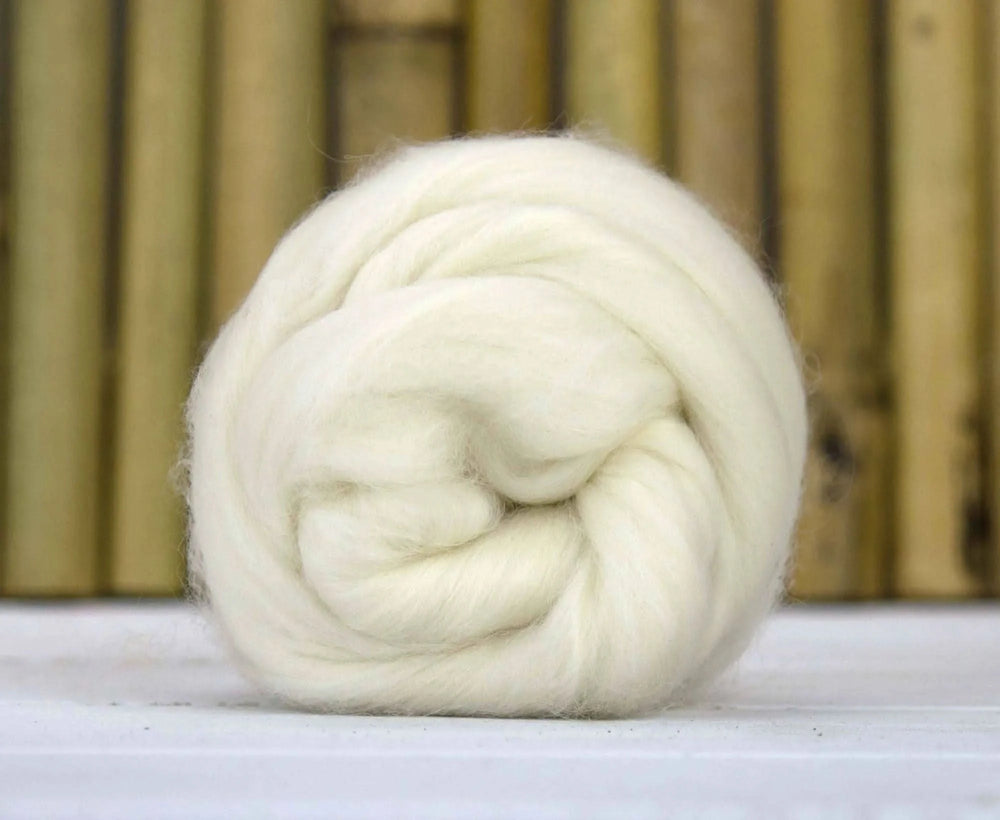The Perks of cashmere fibre: Why It’s the Most Desired Material
The Perks of cashmere fibre: Why It’s the Most Desired Material
Blog Article
Checking Out the Different Kinds of Cashmere an All-natural Fiber for Ultimate High-end
Cashmere, an all-natural fiber, is commonly related to luxury and convenience. However, not all cashmere is created equal. From the richly soft Mongolian variety to the light-weight warmth of Indian Pashmina, each type offers its own one-of-a-kind functions and allure. The a lot more inexpensive Chinese cashmere, the traditional Scottish version, and the premium Italian blend, all tell a various tale of this exceptional fiber. As we unravel the globe of cashmere, a deeper understanding of its real worth and elegance starts to arise.
Comprehending the Glamorous Nature of Cashmere
Cashmere, commonly linked with luxury and convenience, holds a distinct attraction in the world of natural fibers. Unlike other all-natural fibers, cashmere combines insulation with breathability, providing unrivaled comfort across differing temperatures. Its glossy coating and soft appearance contribute to its high-end allure, warranting the premium rate that commonly comes with cashmere garments.
Just What Is Cashmere and Where Does It Come From?

Cashmere is obtained from the soft undercoat of cashmere goats, largely discovered in Mongolia, China, Iran, and Afghanistan. This careful procedure contributes to the scarcity and high cost of cashmere. With its beginning in the rough landscapes of Asia, cashmere is a testimony to nature's capacity to generate deluxe from hardship.
Translating the Various Kinds Of Cashmere
Understanding the various kinds of cashmere is crucial to appreciating the top quality and distinct qualities of this extravagant textile. Generally, cashmere is categorized into three types: raw, virgin, and recycled. Raw cashmere is directly acquired from the goat and is unprocessed. This type often has pollutants such as dust and crude hair. Virgin cashmere, on the various other hand, is the pure, unrecycled product that is spun right into yarn for the very first time. It is the softest and most elegant. Recycled cashmere is made from virgin material that has been formerly made use of. It is re-spun and utilized in producing lower-cost cashmere products. Deciphering these kinds is the very first step in understanding the exclusivity and value of cashmere.

The Special Attributes of Each Kind Of Cashmere
Having checked out the various classifications of cashmere, it becomes read review apparent that each type boasts its one-of-a-kind collection of qualities. Mongolian cashmere, for instance, is renowned for its exceptional top quality, due to Mongolia's extreme wintertimes that generate longer and look at this web-site finer fibers. On the other hand, Chinese cashmere is usually extra budget friendly, though its shorter fibers can decrease resilience.
Why Cashmere Is the Embodiment of High-end in vogue
Cashmere holds an esteemed placement in the globe of fashion, considered a sign of luxury and elegance. Its appeal is not simply in its gentleness and warmth, but also in its rarity and the precise procedure associated with its purchase. Cashmere is originated from the great undercoat of Himalayan goats, recognized for their exceptional top quality fiber. The shortage of this fiber, combined with the labor-intensive process of collection, adds to its high price and unique condition. Moreover, cashmere's unmatched comfort and toughness make it an in-demand material in the production of premium garments. Its natural lightweight and shielding residential or commercial properties include in its desirability, making it the epitome of deluxe in vogue.
The Refine of Making Cashmere: From Goat to Garment
The trip of cashmere, from being an undercoat of additional info a Himalayan goat to a glamorous garment, is an elaborate one. With the introduction of springtime, farmers in Mongolia and China accumulate the wool by brushing the goats, ensuring no injury is done. The obtained wool consists of coarse outer hair and soft downy undercoat. This blend is then fastidiously divided, with just the soft down utilized for cashmere. This raw cashmere is washed, colored and rotated right into thread. The yarn is after that woven or knitted into fabrics. The last step includes pressing and cleaning to provide the material its particular gentleness and heat. From goat to garment, each step is a testament to the ability, patience and artistry associated with crafting cashmere.

Final Thought
Finally, cashmere, with its natural elegance and unrivaled comfort, rules supreme in the world of deluxe fashion. The diversity in kinds, ranging from the soft Mongolian, lightweight Indian Pashmina, budget friendly Chinese, standard Scottish, to the vivid Italian, discloses the convenience of this natural fiber. The scrupulous process of transforming it from a goat to a garment additionally contributes to its exclusivity, making cashmere the embodiment of class and deluxe.
Cashmere, a natural fiber, is frequently linked with deluxe and convenience (is cashmere a natural fiber).Cashmere, commonly connected with high-end and convenience, holds an unique allure in the world of all-natural fibers. Unlike various other natural fibers, cashmere combines insulation with breathability, offering unequaled comfort throughout varying temperatures. Cashmere is derived from the soft undercoat of cashmere goats, largely found in Mongolia, China, Iran, and Afghanistan. Cashmere is derived from the great undercoat of Himalayan goats, recognized for their remarkable top quality fiber
Report this page